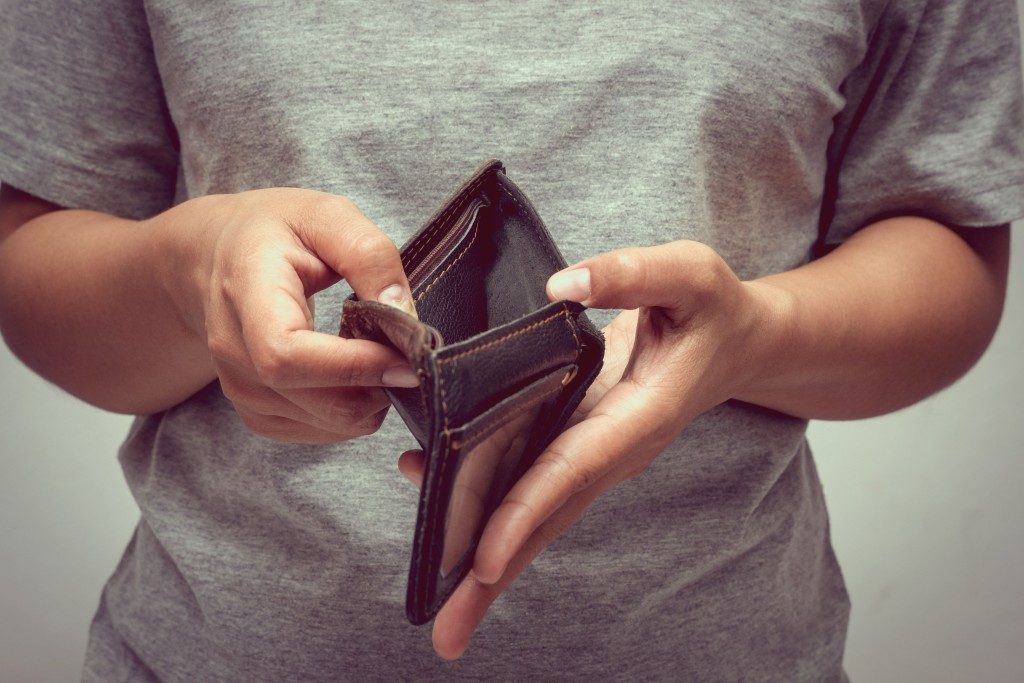What have you purchased lately? And don’t just think about your big and expensive purchases. Chances are, you have bought trinkets that you do not need. You still buy them because you think it’s not a big deal. After all, they are cheap and you can just buy another one if they break or get lost, right?
There are several worrisome behaviors associated with throwaway culture and each one of them needs to be addressed.
The Acquisition of Stuff
We all need certain items. For instance, we need clothes to keep us comfortable and to protect us from harsh weather conditions. There is no limit to how many clothes you can buy, however. With fashion as a lucrative industry and people’s tendency to be critical of each other, we’ve veered away from the basics of comfort and are now also concerned about what our clothes look. This means we want clothes that make us feel beautiful, and we don’t want just one outfit. It is common for many to go overboard when it comes to personal care purchases, including clothes and even bedroom sheets.
Instead of questions like “Where can I buy hotel pillows” or “Where can I buy high-quality clothes,” many choose to go for the cheap throwaway items, which they can use a few times before the item loses its shape and needs to be replaced. Basically, you are not building a wardrobe; you are merely stuck in a cycle of replacing the low-quality items you have in your closet.
The Environmental Consequences
It takes a lot of resources to produce each item you buy. The process also generates waste, and that’s not worth the callout by itself, considering everything generates waste. To really see the impact of this on the environment, think about how rapidly the clothes change in your favorite fast fashion brand. That will give you an idea of how quickly they mass produce clothes and how quickly people discard their old items. This results in a lot of textile waste and that’s just one of the problems.
It would be counterintuitive to say you care for the environment but continue supporting throwaway culture. You might be making an effort to bring your own bag or reusable cup or straw, but don’t stop there. The clothes you wear and the items you use around the home make a big difference.
The Financial Repercussions

You don’t need to look far to see the impact of throwaway culture. You just have to look at your wallet or your bank account. Though you might be buying cheap, these items also do not last long, which means you need to buy new ones more often. Those inexpensive purchases add up and take up a huge chunk of your budget under the guise of self-care or self-improvement. You could have used the money to invest in an item that can last you a long time or make you feel better about yourself in the long run.
Even if you don’t throw away items of low quality, there is still the issue of space. Most people don’t get to use all of the items in their closet. A good portion of your clothes sit there unused and once there’s not enough space to contain them in the house, you might even need to pay for self-storage. The expenses just don’t stop.
Next time you make an uninformed purchase, think about all the waste and expense associated with it. Rather than accumulating low-quality items, invest in good quality and get value for your money.
